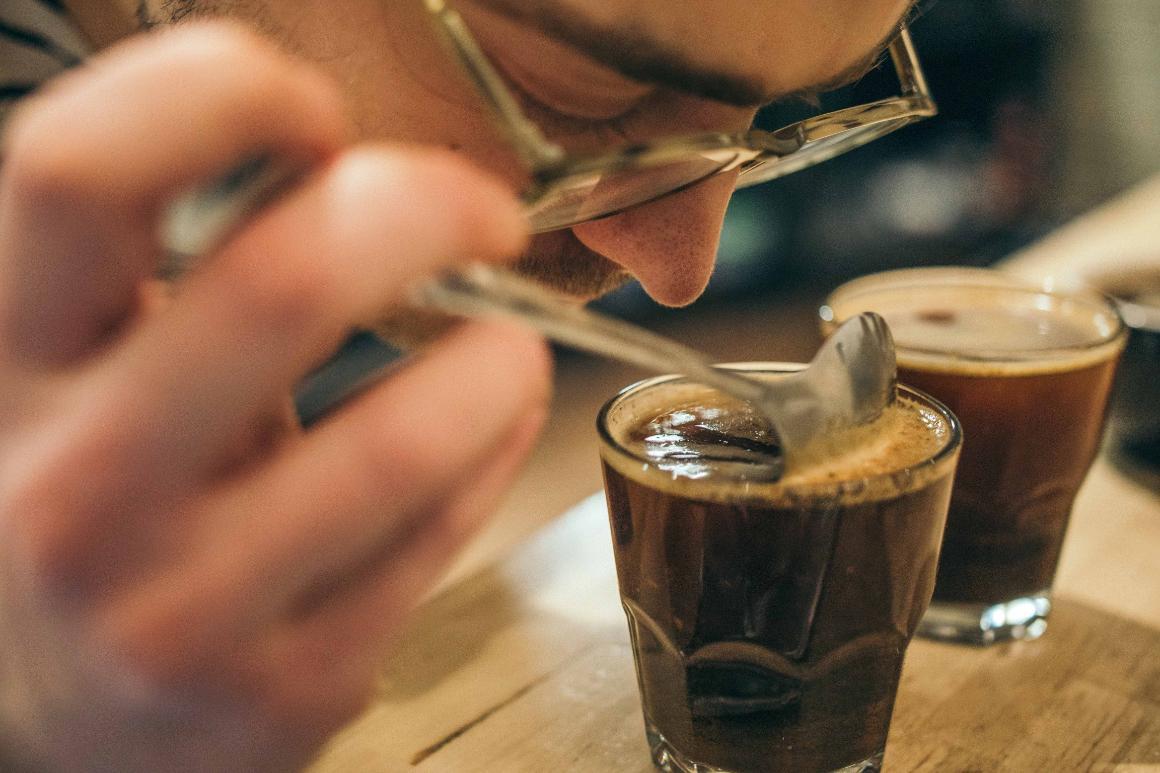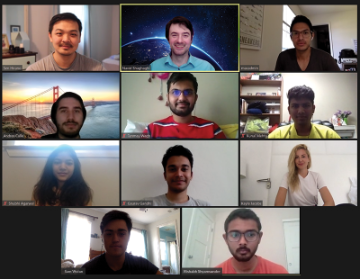
The Sweet Smell of Career Experience
Heidi Williams
A team of students from SCU’s BioInnovation and Design Lab are receiving outstanding mentorship while getting a flavor for working with a real customer in the biomedical industry. Participating in weekly design sprints—a proven method for rapidly validating, testing, and prototyping ideas based on feedback from real customers—the Broncos are developing data analysis and visualization platforms to help Silicon Valley-based Aromyx Corporation on its groundbreaking quest to digitize human taste and smell for disease detection and improved product quality.
“A camera can capture an image to digitize sight; at Aromyx, we are creating an analog for smell. No one has done that before; no one has been able to use datasets to understand olfactory signatures associated with consumer products or diseases,” said Morgan Moncada, Director of Product and Operations.

An interdisciplinary team of students, directed by Navid Shaghaghi, lecturer and researcher in Santa Clara University’s Department of Computer Science and Engineering and Department of Mathematics and Computer Science, is collecting data to determine how people experience taste and smell and to identify the language they use to describe their olfactory sensations. “Students are scraping information from beer, wine, cheese, and other product reviews…looking at flavor profiles and how people describe them,” said Shaghaghi.
Knowing which receptors drive the positive aspects of perception can help manufacturers determine which products to put through to production. Shaghaghi explained that while beverage companies launch new flavors every year, only about 20 percent are successful. “This work could help stop countless dollars from ending up in a black hole—wasted on flavor profiles consumers won’t find appealing,” he said.
As Aromyx’s technical lead, relating the actual sense of taste and smell back to the human experience is Sen Hirano’s job. “SCU’s help mining this information will be helpful in the future. As we build profiles to better understand the breadth and variety of different likes, we will determine which subsets we want to model,” he said.
In weekly video conferences, students check in with their mentors on the work they have accomplished on their own. “Borrowing methods used in industry, we break the work into smaller, shorter milestones. Some students are building auxiliary databases and models that will give us a good amount of quantifiable information about taste and smell, others are working on front end web applications or designing graphics to visually represent smell and taste sensations. Meeting often keeps everyone on track and our feedback gives students a way to shape their project as they move forward,” said Hirano.
“We’ve been working with SCU for close to a year, and just signed on for another six months. It is rewarding to see how students have expanded their skillsets over time. I’ve noticed they get more and more excited and engaged as they solve problems through the lens of their own work, whether it is machine learning or graphics, and they give each other accountability and an incentive to bring something to the table each week,” said Moncada.
“Student training and career development is central to the efforts of the Lab. It is exciting and fulfilling to work with Silicon Valley companies, such as Aromyx, to establish joint training programs for SCU students that prepare them with qualifications and aptitudes to achieve career success in the biomedical industry,” commented Prashanth Asuri, Director of BioInnovation and Design Lab and Associate Professor of Bioengineering.